Nutrition Through The Life Cycle 6th Edition By Judith E. Brown – Test Bank
True / False
1. Chronic condition and disability mean the same thing in referring to toddlers and preschoolers.
a. True
b. False
ANSWER: True
REFERENCES: Who Are Children with Special Health Care Needs?
LEARNING OBJECTIVES: NTLC.BRWN.17.11.1 – Differentiate the similarities and differences in young children with and without special health care needs.
KEYWORDS: Bloom’s: Remember
2. Low-income families with young children are more likely to see a nutritionist than higher income families, because of their participation in WIC.
a. True
b. False
ANSWER: True
REFERENCES: Sources of Nutrition Services
LEARNING OBJECTIVES: NTLC.BRWN.17.11.8 – Explain how families access community and regional resources that provide nutrition services for toddlers and preschoolers with chronic health problems.
KEYWORDS: Bloom’s: Remember
3. BPD is thought to be the consequence of childhood asthma.
a. True
b. False
ANSWER: False
REFERENCES: Nutrition-Related Conditions
LEARNING OBJECTIVES: NTLC.BRWN.17.11.5 – Identify conditions in young children with special needs in which nutrition services are a part of medical management.
KEYWORDS: Bloom’s: Remember
4. Changes in growth rate are atypical in children with developmental delay.
a. True
b. False
ANSWER: False
REFERENCES: Nutrition-Related Conditions
LEARNING OBJECTIVES: NTLC.BRWN.17.11.5 – Identify conditions in young children with special needs in which nutrition services are a part of medical management.
KEYWORDS: Bloom’s: Remember
5. Care providers should discuss over-the-counter products with a health professional before giving them to young children.
a. True
b. False
ANSWER: True
REFERENCES: Dietary Supplements and Herbal Remedies
LEARNING OBJECTIVES: NTLC.BRWN.17.11.7 – Compare use of dietary and herbal remedies in young children with and without special health care needs.
KEYWORDS: Bloom’s: Remember
6. The recommendations for healthy children concerning dietary fiber, prevention of lead poisoning, and iron-deficiency anemia usually apply to children at risk or already diagnosed with special health care needs.
a. True
b. False
ANSWER: True
REFERENCES: Nutrition Needs of Toddlers and Preschoolers with Chronic Conditions
LEARNING OBJECTIVES: NTLC.BRWN.17.11.2 – Identify the more common nutrition problems in young children with special health care needs that result from chronic health conditions.
KEYWORDS: Bloom’s: Remember
7. A dairy-free diet is recommended for children with ASD.
a. True
b. False
ANSWER: False
REFERENCES: Nutrition-Related Conditions
LEARNING OBJECTIVES: NTLC.BRWN.17.11.5 – Identify conditions in young children with special needs in which nutrition services are a part of medical management.
KEYWORDS: Bloom’s: Remember
8. Meningitis can be either a viral or bacterial infection.
a. True
b. False
ANSWER: True
REFERENCES: Growth Assessment
LEARNING OBJECTIVES: NTLC.BRWN.17.11.3 – Recognize approaches for completing a growth assessment in young children with special health care needs.
KEYWORDS: Bloom’s: Remember
9. Complete avoidance of a food that causes an allergic reaction is not required. For example, if a child is allergic to eggs, it is not necessary to avoid a food that has eggs in it as long as it has been cooked.
a. True
b. False
ANSWER: False
REFERENCES: Food Allergies and Intolerance
LEARNING OBJECTIVES: NTLC.BRWN.17.11.6 – Review food allergy and intolerance consequences for young children.
KEYWORDS: Bloom’s: Remember
10. Allergy symptoms associated with a cow’s milk protein allergy in the toddler and preschool years may include asthma or skin rashes.
a. True
b. False
ANSWER: True
REFERENCES: Food Allergies and Intolerance
LEARNING OBJECTIVES: NTLC.BRWN.17.11.6 – Review food allergy and intolerance consequences for young children.
KEYWORDS: Bloom’s: Remember



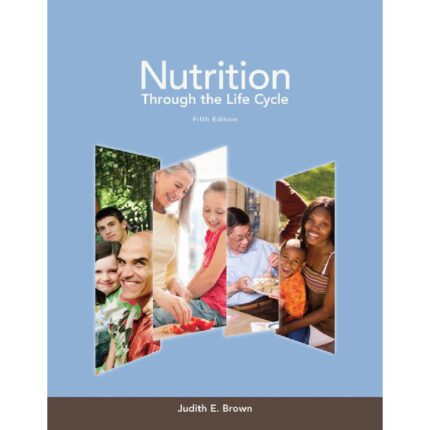
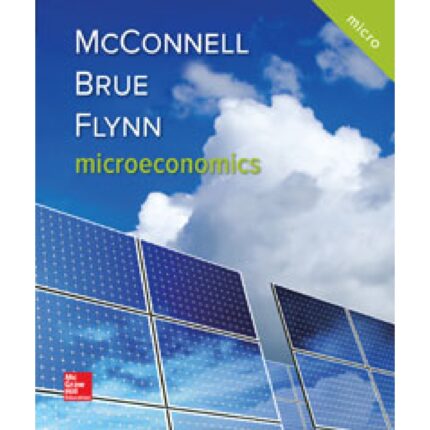

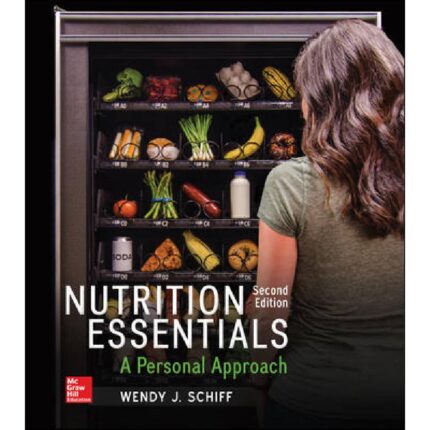
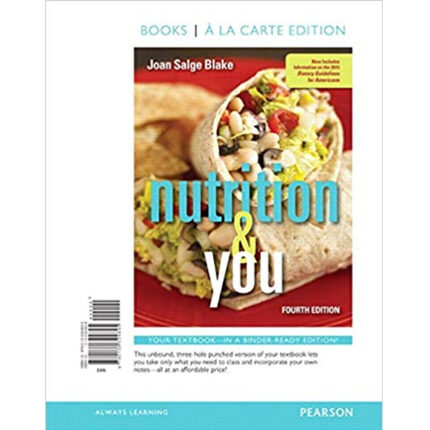

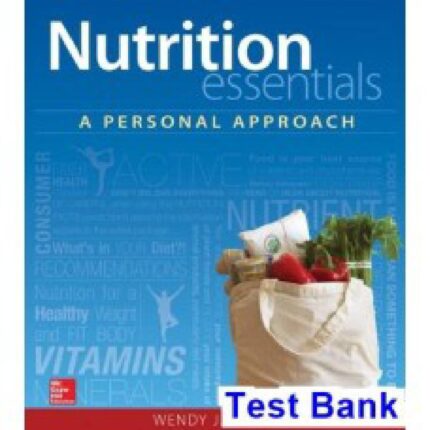



Reviews
There are no reviews yet.